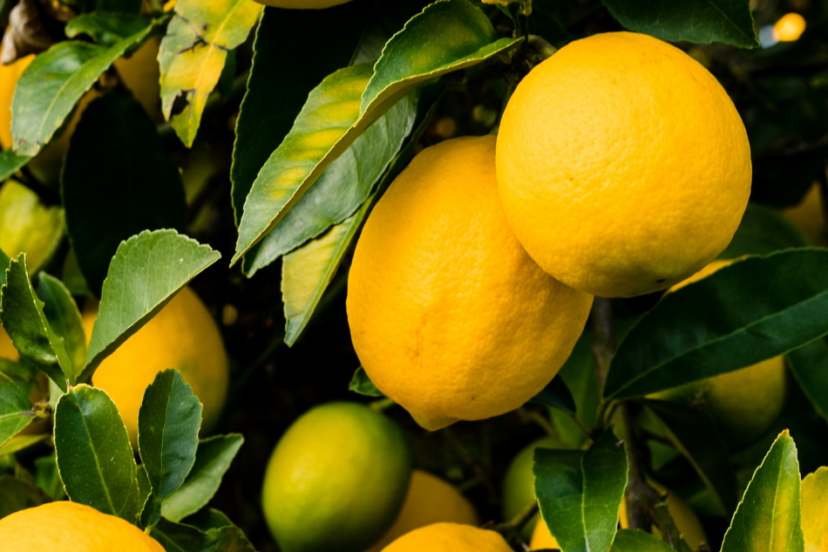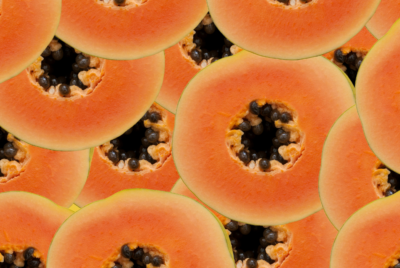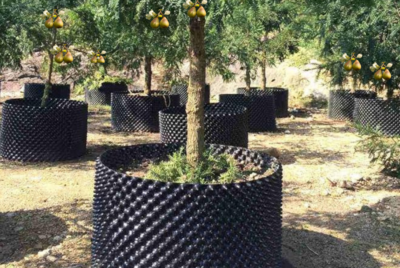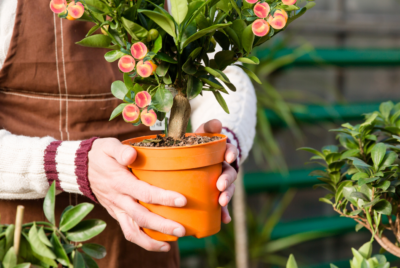What Are The Best Ways To Nurture A Lemon Tree From Seedlings?
Lemon Tree from Seedling. Just planted some lemon seeds and wondering how to care for them? Look no further! Nurturing a lemon tree from seedlings can be a rewarding experience, but it also requires patience, attention to detail, and proper care. From providing the right amount of sunlight and water to protecting them from pests and diseases, there are important guidelines to follow to ensure your lemon tree thrives. So, roll up your sleeves and get ready to grow your very own citrus oasis!

Key Takeaways:
- Choose healthy seeds: Make sure to select seeds from high-quality lemons to increase the chances of successful growth.
- Provide ample sunlight: Lemon trees thrive in full sunlight, so ensure they receive at least 8 hours of direct sunlight daily.
- Proper watering: Keep the soil consistently moist but not waterlogged to promote healthy root development.
- Regular pruning: Trim the tree to encourage growth and shape it into a desirable form, promoting air circulation and sunlight exposure.
- Fertilize appropriately: Use a citrus-specific fertilizer to provide vital nutrients for the tree’s growth and fruit production.
Lemon Nursery 101: Planting the Seeds of Success
Choosing Your Champion Seedlings
Some people say that when it comes to lemon seedlings, you should choose your champions wisely. Look for seedlings that are healthy, with vibrant green leaves and a strong stem. Bear in mind, you want your lemon tree to be a success story, not a lemon of a tree!

The Art of Planting: Soil, Depth, and Spacing
Choosing the right soil, planting depth, and spacing is crucial when it comes to nurturing lemon seedlings. Make sure to use well-draining soil to prevent waterlogging, and plant the seedlings at a depth where the roots are covered but the stem is exposed. Spacing is key – give your seedlings enough room to grow and spread their roots without crowding each other.
When planting your lemon seedlings, remember that they thrive in sunny locations with plenty of water. Ensure that the soil is rich in nutrients and provide ample sunlight for optimal growth. Additionally, be cautious of overwatering, as it can lead to root rot. By following these planting tips, you’ll set the stage for a fruitful lemon tree to blossom and flourish in no time!
Sunlight Sonata: Composing the Right Environment
Light of Life: Understanding Lemon Tree Sun Needs
Little lemon seedlings are like teenagers at a music festival – they thrive on sunshine! Healthy lemon trees need at least 6-8 hours of direct sunlight each day to flourish. Place them in a spot where they can soak up those rays and grow into strong, fruit-bearing trees.
Climate Considerations and Indoors vs. Outdoors
On the topic of climate, lemon trees are quite the picky divas. They prefer warm, humid weather but can throw a tantrum if it gets too hot. If you live in a cooler climate, consider keeping your lemon tree indoors during the winter. Outdoor lemon trees can thrive in subtropical and tropical regions.
Environment: Outdoor lemon trees enjoy the fresh air and natural sunlight, thriving in tropical or subtropical climates. Indoor lemon trees benefit from temperature-controlled environments, especially in cooler climates where winters can be harsh. Whether your lemon tree is an indoor dweller or an outdoor sunbather, make sure to provide the right balance of sunlight and warmth for its optimal growth.
Sonata: Keep in mind, lemon trees need their sunlight like a pop diva needs her spotlight. Make sure they get enough sun, but also shield them from harsh, direct sunlight that can scorch their delicate leaves. Finding the right balance between indoor coziness and outdoor freshness is key to keeping your lemon tree happy and healthy.

Watering Wisdom: Quenching Your Lemon Tree’s Thirst
Scheduling Showers: How Often to Water Your Seedlings
Despite their tropical origins, lemon trees actually prefer a steady, moderate amount of water rather than drowning in it. Your seedlings should be watered deeply but infrequently, allowing the soil to dry out slightly between waterings. Stick your finger into the soil – if it’s dry an inch or so down, it’s shower time for your lemon tree.
The Balancing Act: Too Much and Too Little
Seedlings have a delicate relationship with water – too much can drown them, while too little can leave them parched. Finding the sweet spot is key to keeping your lemon tree happy and healthy. Overwatering can lead to root rot, while underwatering can cause stress and hinder growth. Balance is the name of the game!
Little is more when it comes to watering your lemon tree seedlings. Be mindful of, it’s better to underwater than overwater. A slightly thirsty lemon tree is much easier to revive than one that’s been waterlogged. Pay attention to your seedling’s signals and adjust your watering schedule accordingly.

Nutritional Know-How: Feeding Your Flourishing Friend
Essential Nutrients for Vibrant Growth
Many gardeners underestimate the importance of providing imperative nutrients to their lemon tree seedlings. For vibrant growth, make sure your lemon tree gets a healthy dose of nitrogen, phosphorus, and potassium. These three amigos work together to support root development, strong branches, and beautiful blooms.
Crafting the Perfect Diet: Fertilizers and Natural Options
Nutritional balance is key when it comes to feeding your lemon tree seedling. A well-rounded fertilizer specifically formulated for citrus trees will ensure your plant is getting the necessary nutrients without overloading it with chemicals. Some natural options like compost, mulch, and organic fertilizers can also do wonders for your lemon tree’s health.
Anticipation is rising as we research into the world of fertilizers! A well-fed lemon tree is a happy lemon tree, after all. Choose fertilizers with a balanced N-P-K ratio to keep your citrus friend thriving. Note, moderation is key – too much of a good thing can sometimes be detrimental to your plant’s health. So, feed your lemon tree wisely and watch it flourish!
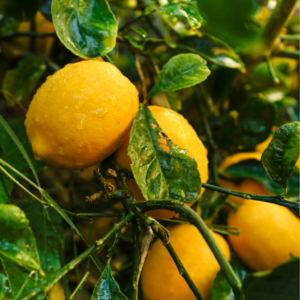
Description:
Pruning Perfection: Sculpting Your Lemon Tree
The Right Time to Snip: A Timeline for Pruning
Not sure when to bring out the pruning shears? For the best results, aim to prune your lemon tree in late winter or early spring before new growth appears. This timing will help shape the tree while ensuring it has enough time to recover before the growing season kicks into full gear.
Techniques for the Tidiest Tree
Perfection is key when it comes to pruning your lemon tree. Make sure to use sharp, clean tools to make precise cuts. Remove any dead or diseased branches first, then focus on shaping the tree by cutting back any crowded or crossing branches. Do not forget, less is more – it’s always easier to take off more later than to glue branches back on!
Another important technique to master is the art of thinning. Thinning out excess growth will improve air circulation and allow more sunlight to reach the inner branches, promoting overall tree health. Be cautious not to over-prune, as this can lead to decreased fruit production and potential sunburn on the tree’s bark. Strive for balance and your lemon tree will thank you with a bountiful harvest!
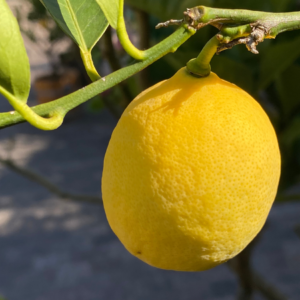
Pests and Protectors: Keeping Your Citrus Safe
Common Culprits: Identifying Pests and Diseases
Keep an eye out for common pests and diseases that can wreak havoc on your lemon tree, such as aphids, scale insects, and citrus canker. Aphids are tiny insects that suck sap from the leaves, causing them to curl and distort. Scale insects look like tiny bumps on the stems and leaves, sucking the plant’s juices. Citrus canker is a bacterial disease that causes raised lesions on the leaves, stems, and fruit.
The Defense Arsenal: Organic and Chemical Solutions
For the best defense against pests and diseases, consider using a combination of organic and chemical solutions. Organic options like neem oil, insecticidal soap, and beneficial insects can help control pests without harmful chemicals. Chemical solutions like pesticides should be used as a last resort and only when absolutely necessary to avoid harming beneficial insects and pollinators.
Your lemon tree’s health depends on a proactive approach to pest management. Regularly inspect your tree for any signs of pests or diseases and take action promptly to prevent infestations from spreading. Additionally, maintaining proper watering, pruning, and fertilizing practices can help keep your lemon tree strong and resilient against potential threats.

Conclusion on Lemon Tree from Seedling
Drawing together the various methods discussed, it is clear that nurturing a lemon tree from seedlings requires patience, proper care, and a bit of luck. From choosing the right soil to providing adequate sunlight and water, each step plays a crucial role in the growth of your lemon tree. For more detailed tips and tricks, check out How to Grow a Lemon Tree from Seed. So, roll up your sleeves, put on your gardening gloves, and get ready to enjoy the fruits of your labor in no time!
FAQ’s about Lemon Tree from Seedling
Q: Is it difficult to nurture a lemon tree from a seedling?
A: Not at all! With the right care and attention, growing a lemon tree from a seedling can be a rewarding experience. Just follow these simple tips.
Q: How often should I water my lemon tree seedling?
A: Lemon trees love water, but they don’t like to sit in soggy soil. Water your seedling regularly, making sure the soil is moist but not waterlogged. Let the top inch of soil dry out between waterings.
Q: Does a lemon tree need a lot of sunlight?
A: Absolutely! Lemon trees thrive in full sunlight, so make sure to place your seedling in a sunny spot where it can soak up the rays. Aim for at least 6-8 hours of sunlight per day.
Q: Should I fertilize my lemon tree seedling?
A: Yes, fertilizing your lemon tree seedling is important for healthy growth. Use a balanced fertilizer specifically designed for citrus trees and follow the instructions on the package. Feed your seedling regularly during the growing season.
Q: How long does it take for a lemon tree seedling to bear fruit?
A: Patience is key when growing a lemon tree from a seedling. It can take several years for a young tree to mature and start producing fruit. But trust us, the wait will be worth it when you’re enjoying delicious, homegrown lemons!
7 Raised Bed Garden Mistakes to Avoid

